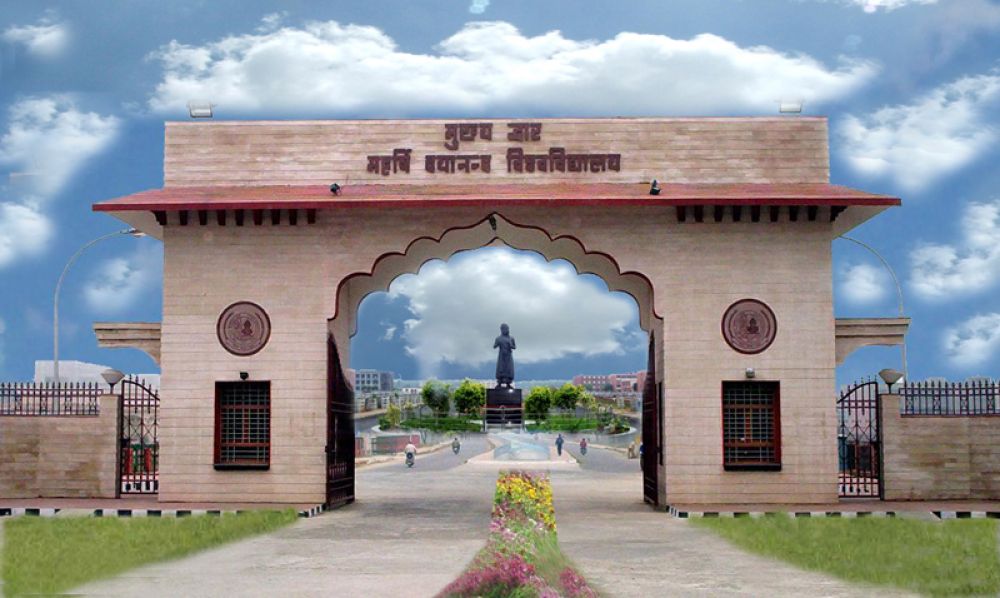

Rohtak, a city within the state of Haryana, India, may not be as well-known as some of India's primary tourist destinations, but it has a unique blend of history, culture, and modernity that attracts visitors. As a destination, it has witnessed a gradual growth in tourism due to its rich cultural heritage, archaeological sites, and its proximity to the national capital, New Delhi.
The history of tourism in Rohtak is grounded in its archaeological importance. Sites like Khokhrakot, believed to be the site of the ancient city of Drupadakot, which has connections to the epic Mahabharata, have drawn history buffs and scholars alike. Excavations in the region by the Archaeological Survey of India (ASI) have revealed artifacts that date back to the Indus Valley Civilization, establishing Rohtak as a significant historical site.
One of Rohtak's primary appeals is its religious tourism. The district is home to several ancient temples and religious sites, which are frequented by devotees all year round. The Mansarovar Park and the Shiv Mandir at Sector 1 are notable spiritual destinations that attract a considerable number of visitors.
Recognizing Rohtak’s potential, government and private entities have invested in the infrastructure to improve connectivity and accommodation, which has contributed to the growth of tourism. The improvement in highways, the introduction of better public transportation, and the creation of quality hotel accommodations have made Rohtak more accessible and comfortable for tourists.
In recent years, Rohtak has expanded its tourism appeal by developing modern attractions and hosting various events. The MDU Auditorium is a venue for cultural performances and events that showcase the local talent and culture. The Tilyar Lake serves as a perfect family outing spot, wrapped with facilities like a mini zoo and an amusement park.
The city has become a hub for educational tourism due to the presence of numerous educational institutions, including the prestigious Rohtak University. This influx of students has led to a diverse cultural landscape and contributed to the local economy.
One of the latest trends in Rohtak's tourism is the focus on rural and experiential travel experiences. Tourists are increasingly looking for unique and authentic experiences, and Rohtak's rural areas offer a glimpse into traditional Haryanvi lifestyle and agriculture.
To sum up, while Rohtak may not have an extensive history as a prime tourist destination, it has a rich reservoir of culture and history that is beginning to be tapped into. With its evolving tourism infrastructure and increasing recognition of its potential, Rohtak's tourism is poised for further growth in the coming years.